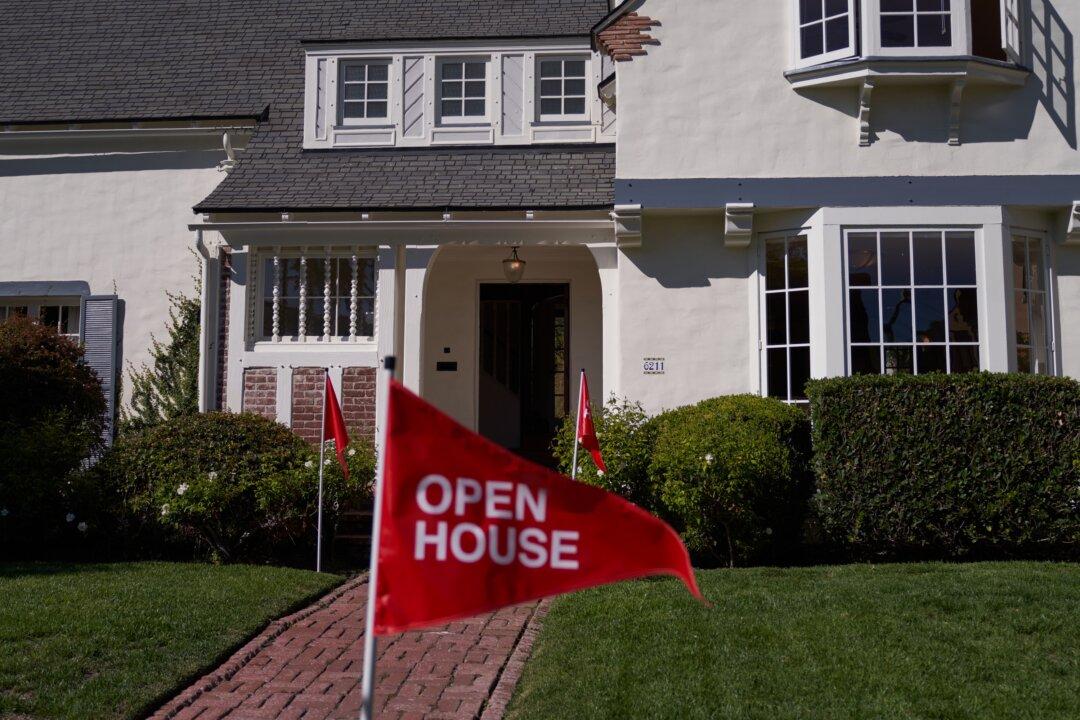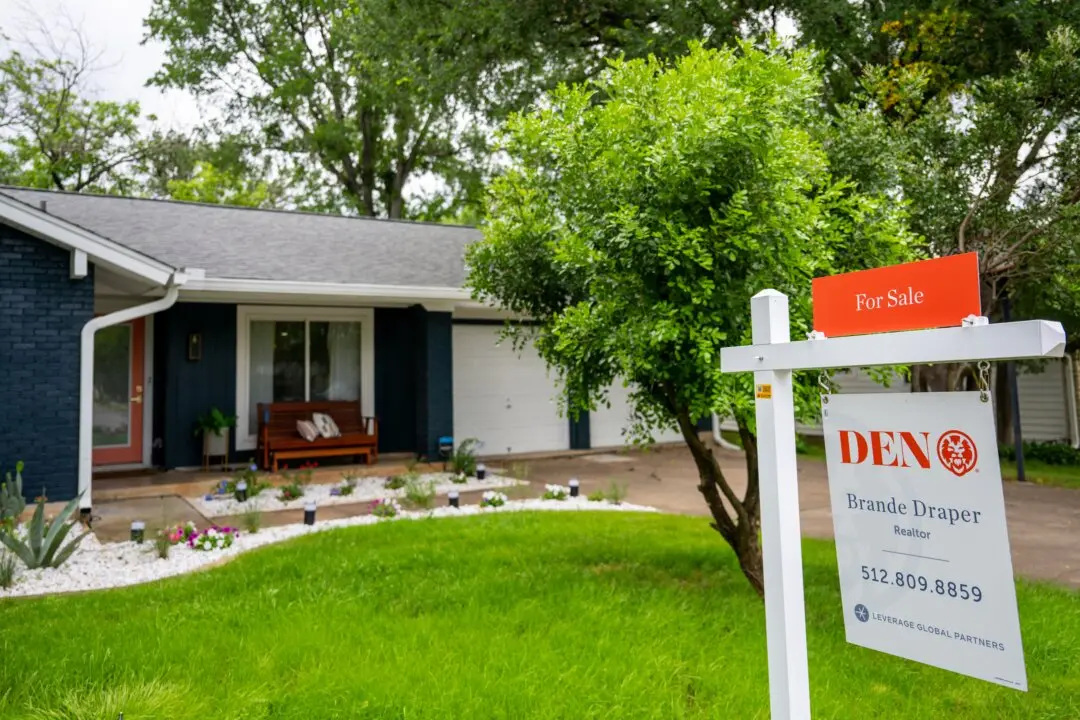With interest rates currently hovering at about 7 percent, many lenders across the country have seen a resurgence of the mortgage buydown—a plan that allows potential homeowners to save money on monthly mortgage payments.
The National Association of Mortgage Brokers (NAMB) describes a mortgage buydown as a type of financing that provides lower interest rates for at least a few years of the mortgage. They’re typically offered by the home seller or builder who contributes to an escrow account that subsidizes the loan during the first few years.





